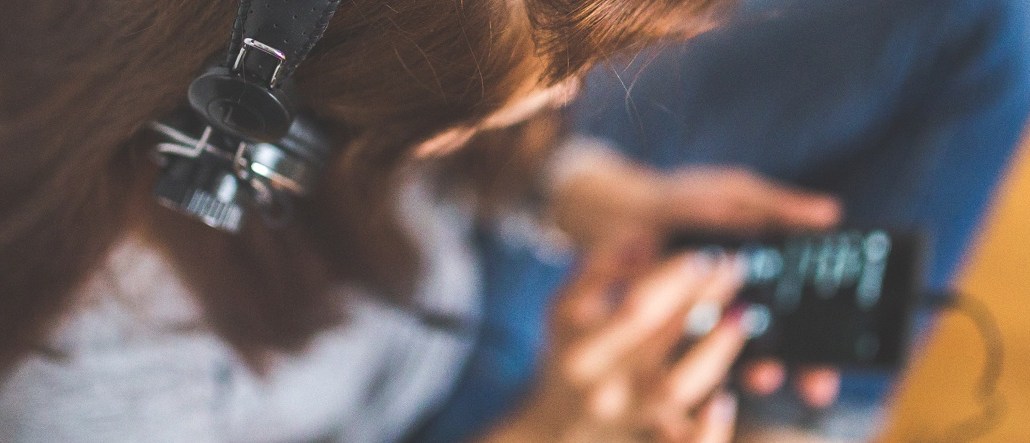
Podcast publishers finally got the ground rules they need to sell advertisers on their medium.
This week, the IAB published its first advertising guidelines for the decade-old format, establishing industry-wide definitions of listeners, ad delivery, and ad plays, moves that bring the primitive format one step closer to attracting elusive brand advertisers. Wednesday night, at the industry’s second podcasting upfront, the guidelines were hailed by publishers and ad buyers alike. “I think it makes my job easier,” said Jim Lally, the senior director of sponsorships at WNYC Studios. “I no longer need to sell the platform.”
Yet the guidelines’ arrival don’t change a number of structural challenges the format faces, including the fact that consumption still takes place mostly through Apple, which severely curtails the ad tracking desired by digital ad buyers. “They need to deliver on metrics,” said Kat Oni, the managing partner of Brandlove NYC, which currently does not buy any podcasts.
It might seem odd that a format as old as podcasting lacked ad guidelines. But considering that the IAB didn’t even have an agreed-upon definition of what a podcast was last year, ad buyers were grateful for the update. “It’s a step in the right direction,” said Charlie Fiordalis, the director of digital at the media agency Media Storm. “I think it would have been beneficial to devote 30 seconds of the upfront to the IAB ad guidelines and where measurement is headed in the future.”
The chief problem podcast producers face is an antiquated system of distribution. While there is technology that tracks when podcast ads are served, an IAB survey suggests that the percentage of ads actually delivered in settings where this tracking is possible is as low as 3 percent. An even smaller percentage allow client-side tracking, a technological capability that’s practically table stakes for most other forms of digital advertising. That’s because a majority of podcast consumption happens on smartphones, particularly iPhones, and platform providers like Apple and Google do not share data that advertisers need.
Despite these limitations, a growing number of brands have come to the table, and as a result the market is trending upward overall: research from Bridge Ratings suggests that podcasting will earn over $200 million in 2017, up nearly 24 percent from an estimated $167 million this year.
To bring more brands into the fold, the IAB and other partners have been busy building up research that proves podcast ads drive the lift that brand advertisers covet. The IAB and Edison Research released a separate report Wednesday which found that 65 percent of podcast listeners are more willing to consider products advertised during their favorite shows, and 60 percent of them actually prefer to buy brands that advertise on their favorite shows.
“The statistics Edison shared were very compelling,” Fiordalis said. “I think the best case for brand advertising is that podcasts are the most intimate medium we have.”
More in Media

From sidelines to spotlight: Esports events are putting creators center stage
Esports events’ embrace of content creators reflects advertisers’ changing priorities across both gaming and the wider culture. In the past, marketers viewed esports as one of the best ways to reach gamers. In 2025, brands are instead prioritizing creators in their outreach to audiences across demographics and interest areas, including gaming.

Condé Nast and Hearst strike Amazon AI licensing deals for Rufus
Condé Nast and Hearst have joined the New York Times in signing a licensing deal with Amazon for its AI-powered shopping assistant Rufus.

Media Briefing: AI payouts may be entering a new era
AI compensation is evolving — and new models, not just publisher demands, are driving the shift beyond flat-fee licensing.





